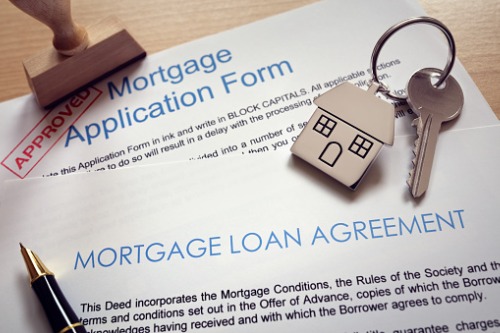But there is a risk that defaults will increase if home price growth falters

The positive impact of lower mortgage rates helped keep defaults low in the latest stats from Milliman.
The global consulting and actuarial firm says that its Milliman Mortgage Default Index (MMDI) for the government-sponsored enterprise (GSE) acquisitions (purchased and refinanced loans backed by Freddie Mac and Fannie Mae) decreased to an estimated average default rate of 1.81%, down from 1.96% in Q2.
That means an average 1.81% probability of default for all GSE-backed loans originated in the third quarter of 2019.
With lower interest rates driving higher refinance activity – with these loans generally lower risk due to borrowers’ higher credit quality – the default risk is reduced.
Increase for Ginnie Mae loans
For Ginnie Mae-backed loans, the report shows an increased risk with the MMDI rate up from 7.84% in Q2 to 8.00% in Q3 with higher credit quality originations tending to shift to GSE loans and away from Ginnie Mae loans.
“From 2014 through 2019, home price appreciation has been strong, reducing the credit risk for borrowers who purchased or refinanced over the past five years,” says Jonathan Glowacki, principal and consulting actuary at Milliman and co-author of the MMDI. “However more recently we’re beginning to see slower home price growth – and negative growth in some areas – which may elevate mortgage default risk in the future.”



